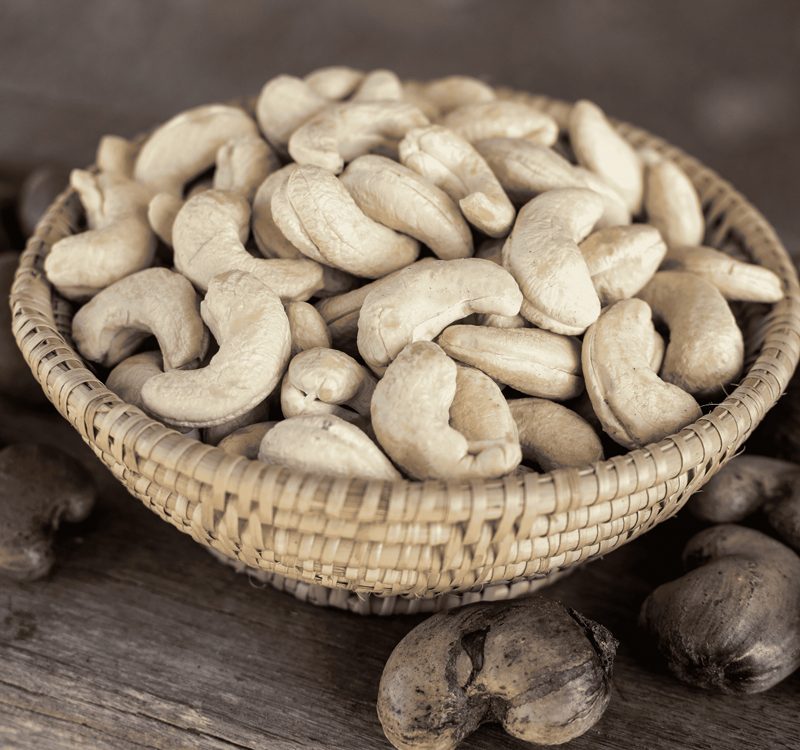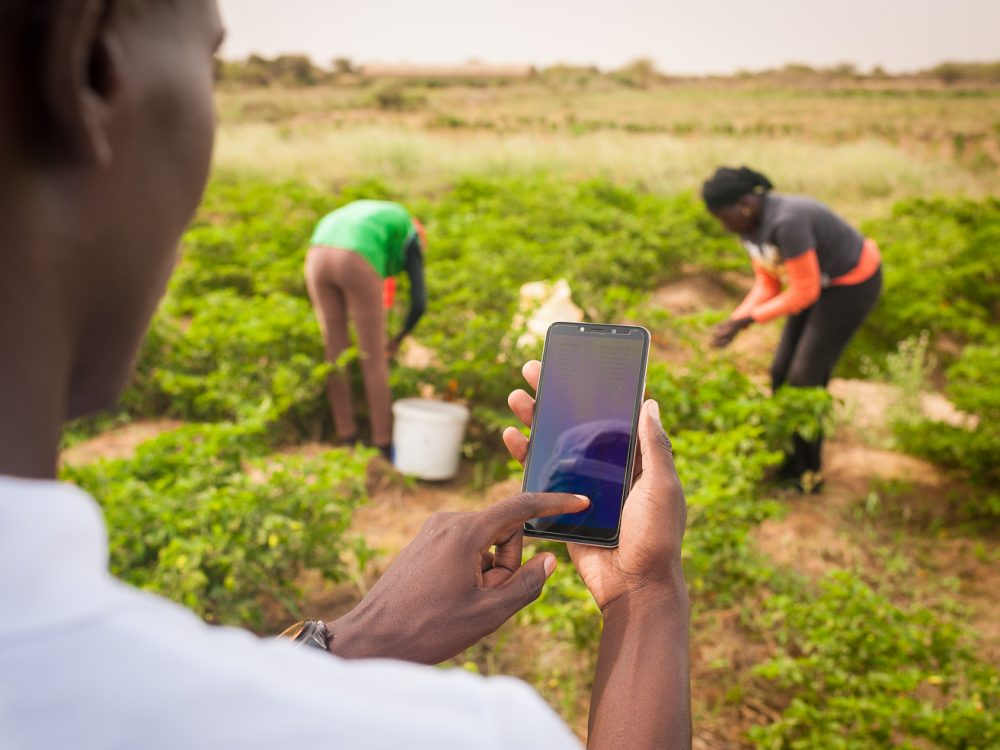The Indicators Behind The Indicators
The Sustainable Development Goals are all-but-adopted, the Data Revolution is in full swing, and most people are coming to terms with a final list of 200+ SDG indicators. Significant statistical investments – hopefully on the near horizon – will let us measure our collective progress toward these important targets.
But it’s critical to remember that the data used to measure SDG success are not (for the most part) that data that will be used to achieve said success. Each project, each implementer, each agency, and each region will collect data about development activities, outputs, outcomes and impacts. At some point, this data will be captured or collected by NSOs and used to populate SDG progress reports. But in the meantime, this mountain of results data must be used by decision-makers – government officials, donor staffers, implementing partners – to allocate scarce resources toward short-term, local development objectives. So while international measurement efforts are extremely important, it’s really the quality, utility and availability of local data that matters the most.
With this in mind, DG is hosting a consultation meeting today about the “Future of Results Data.” A group of results management leaders will talk about what it will take to make sure that results data are good enough – and used well enough – to achieve country-level goals that are in line with the Post-2015 agenda. This consultation meeting will help DG refine the questions and priorities for our year-long initiative to elevate the conversation around the quality and utility of development results data.
We hope to better understand and address the practical challenges that donors, governments, and other development actors face while collecting, sharing and using results data to inform programming. We also aim to enable a candid discussion between key agencies, governments and organizations about these questions, and to set the stage for more evidence-based discussions on the topic. We believe that better-quality results data is obtainable, and there are untapped applications for results data that can improve decision-making processes at every level – especially within countries and by those who implement programs and are closest to citizens. Our aim is to understand how this can be done – and to share our learnings with you and the wider community.
Remember – the SDGs will measure global progress, but the real, positive “Data Revolution” will occur only as local actors have good data about development results and the ability to use it well.
Share This Post
Related from our library

Harnessing the Power of Data: Tackling Tobacco Industry Influence in Africa
Reliable, accessible data is essential for effective tobacco control, enabling policymakers to implement stronger, evidence-based responses to evolving industry tactics and public health challenges. This blog explores how Tobacco Industry strategies hinder effective Tobacco control in Africa, and highlights how stakeholders are harnessing TCDI Data to counter industry interference.

Building a Sustainable Cashew Sector in West Africa Through Data and Collaboration
Cashew-IN project came to an end in August 2024 after four years of working with government agencies, producers, traders, processors, and development partners in the five implementing countries to co-create an online tool aimed to inform, support, promote, and strengthen Africa’s cashew industry. This blog outlines some of the key project highlights, including some of the challenges we faced, lessons learned, success stories, and identified opportunities for a more competitive cashew sector in West Africa.

Digital Transformation for Public Value: Development Gateway’s Insights from Agriculture & Open Contracting
In today’s fast-evolving world, governments and public organizations are under more pressure than ever before to deliver efficient, transparent services that align with public expectations. In this blog, we delve into the key concepts behind digital transformation and how it can enhance public value by promoting transparency, informing policy, and supporting evidence-based decision-making.